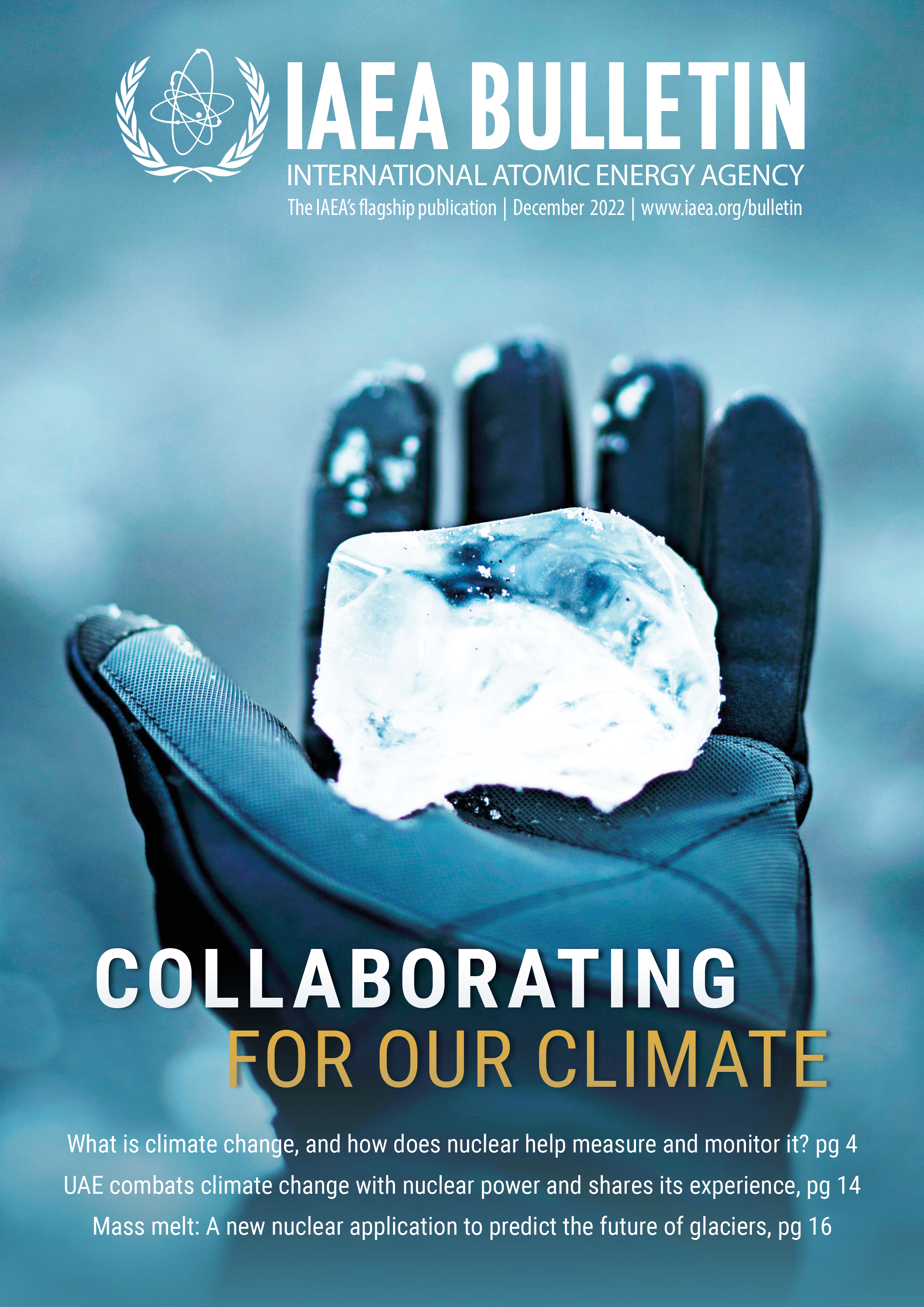From melting glaciers and shrinking lakes to destroyed harvests and increased health risks, the impacts of climate change are visible and tangible. A particular location’s climate can be described as its average weather conditions over a significant period of time, and climate change refers to shifts in those weather patterns. Warmer temperatures are changing weather patterns and disrupting nature’s equilibrium and our daily lives.
Globally, temperatures have increased to about 1.1 degrees Celsius above pre-industrial levels, and the past seven years have been the warmest on record, according to the World Meteorological Organization (WMO). However, warmer temperatures are just the beginning of the story.
“Climate change is changing the face of our world,” said Oksana Tarasova, Senior Scientific Officer at the WMO. “Through increasing temperatures, sea level rise, increasing intensity of extreme events, climate change impacts our life and property.”
While natural factors, such as volcanic eruptions and plant decomposition, influence the climate, scientists agree that human activity is the main driver of climate change. Burning fossil fuels — namely coal, oil and gas — and clearing land and forests generate emissions of greenhouse gases (GHGs), such as carbon dioxide (CO2) and methane, that trap heat and lead to higher temperatures.
The latest WMO report confirmed that greenhouse gas concentrations reached a record high in 2021. The concentration of carbon dioxide measured 415.7 parts per million (ppm) globally, or about 50 per cent above pre-industrial levels.
“Reducing human impact on climate would mean addressing greenhouse gases emissions,” Tarasova said. “The question is: how can we do it in the most efficient way?”
The answer is in the air, and it is revealed by stable isotopes.

